The painting analyzed here constitutes an interesting testimony to be placed alongside the most typical and best production created by Elena Recco, as underlined in the book Nature Deaths of the Seventeenth and Eighteenth Centuries (Edited by Patrizia Consigli Valente, Parma, 1987, pp. 10-11 ). The foreground arrangement of fish, through abundant construction, is found in some of his happiest essays. In the composition under analysis the distinctive characteristics of Recco's production are fully evident: the support surface contains the exposed fish, immersed in a muted but diffused light coming from the landscape behind. The fish in the foreground present the peculiar characteristics of his works: the particular pink, green and blue-grey hues of the scales, combined with a sparkling vitality of the freshly caught prey, which shine with silvery reflections, revealing their vitality, expressed by the shine of the eyes, large and open, and by the contortions of the bodies.
The painting is in an excellent state of conservation and is mounted on a beautiful gilded and carved frame from the 19th century. The dimensions of the canvas are: 70 x 46; The dimensions including the frame are 84 x 59.
Elena Recco: Neapolitan painter active between the end of the 17th century and the beginning of the following. He belongs to a well-known dynasty of painters, the most famous of which is his father, Giuseppe Recco, an esteemed genre painter. A sought-after painter and high-quality author, she was invited to the Spanish Court, where she lived for long periods and where some of her canvases with floral subjects are preserved. But Elena's favorite theme is marine iconography. With lively realism and a skilful use of light he depicts crustaceans, corals, fish of various shapes and colours; the silvery and blue-grey reflections of the scales, the darting twisting of the bodies, the particular pinkish hue of the scales, combined with a sparkling vitality of the freshly caught prey which exudes the humidity of the sea, are its distinctive feature. Signed works are rare. His paintings can be found in Spain, in the Zarzuela complex, in the Warsaw museum, in the Pushkin museum in Moscow, in the City Art Gallery in Leeds, and in private collections.





















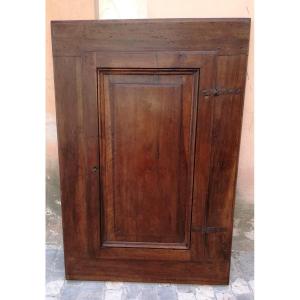



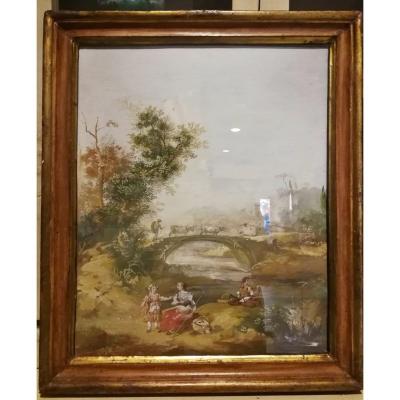
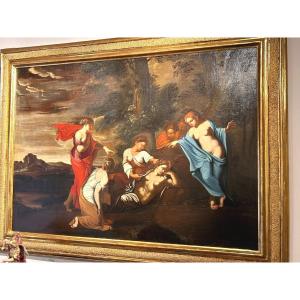



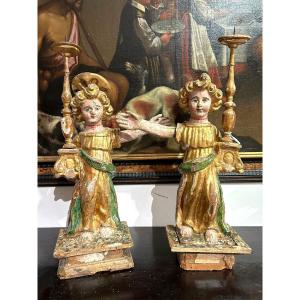

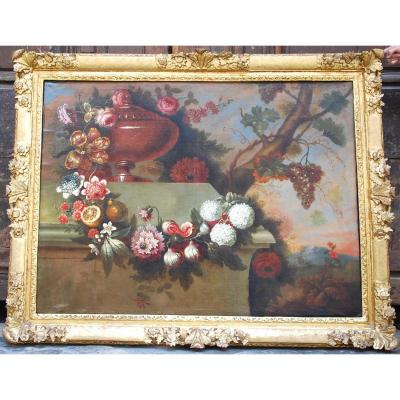

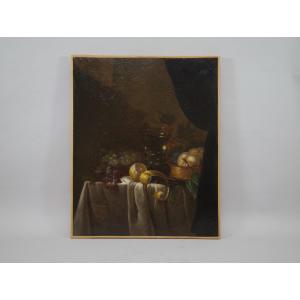
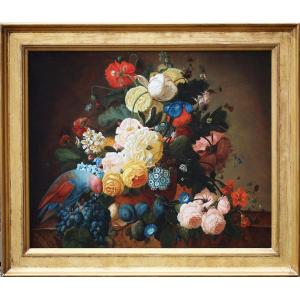




 Le Magazine de PROANTIC
Le Magazine de PROANTIC TRÉSORS Magazine
TRÉSORS Magazine Rivista Artiquariato
Rivista Artiquariato